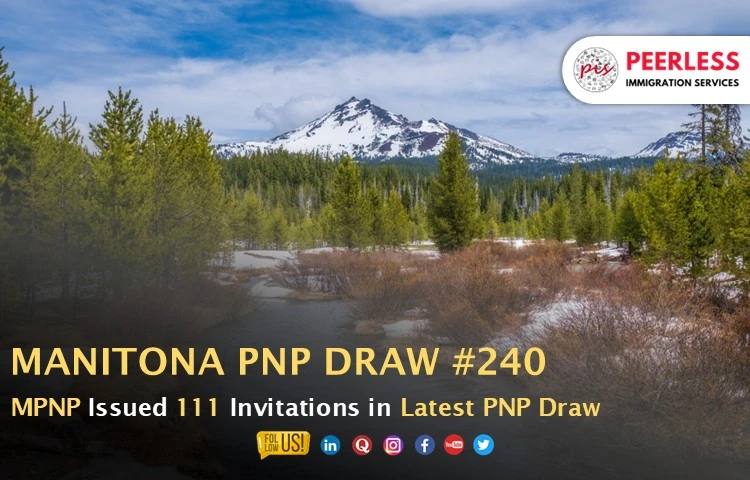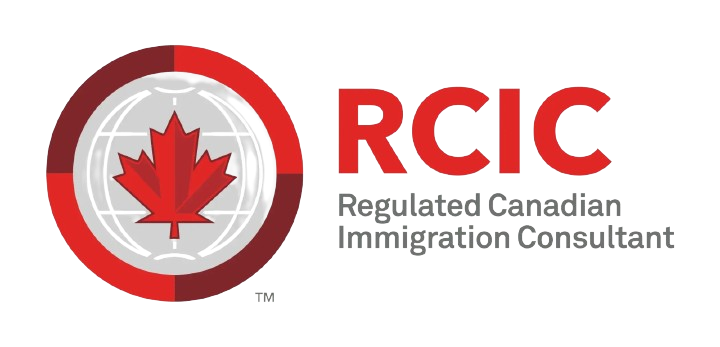
Express Entry and Provincial Nominee Programs Set to Surge in the Coming Years
Canada’s commitment to economic growth through immigration is evident in the recently unveiled Immigration Levels Plan 2024-2026 by Immigration, Refugees and Citizenship Canada (IRCC). This annual plan outlines the targets for admitting permanent residents across various immigration classes, emphasizing economic immigration programs as the driving force behind Canada’s growth efforts.
The Dominance of Economic Immigration Pathways
In the 2024-2026 Immigration Levels Plan, IRCC underscores the pivotal role of economic immigration programs, with a particular focus on Express Entry and Canada’s 11 Provincial Nominee Programs (PNPs). These pathways are poised to lead Canada’s efforts in welcoming new permanent residents over the next three years
Shifting Trends: Express Entry and PNP Targets
Highlighting the dynamic nature of immigration targets, the 2023-2025 Immigration Levels Plan revealed PNPs surpassing Express Entry as Canada’s top economic immigration pathway. The plan projected a steady increase in PNP targets, reaching 117,500 by 2025. However, the latest Immigration Levels Plan indicates Express Entry reclaiming the top spot in 2024, with PNPs expected to lead in 2025 and 2026.
Express Entry and PNP Admission Targets (2024-2026)
Breaking down the specific admission targets for Express Entry and PNPs in the 2024-2026 Immigration Levels Plan:
2024
- Express Entry: 110,770
- PNPs: 110,000
2025
- PNPs: 120,000
- Express Entry: 117,500
2026
- PNPs: 120,000
- Express Entry: 117,500
Understanding Express Entry and PNPs
Express Entry is Canada’s federal immigration system managing applications from three key economic-class programs: the Federal Skilled Worker Program (FSWP), the Federal Skilled Trades Program (FSTP), and the Canadian Experience Class (CEC). The system employs standard draws and category-based draws to select candidates based on Comprehensive Ranking System (CRS) scores.
PNPs - Empowering Local Governments
Provincial Nominee Programs (PNPs) provide provincial and territorial governments the authority to select immigration candidates addressing specific local labor market and economic needs. PNPs play a crucial role in distributing the benefits of immigration across Canada, beyond major cities like Vancouver, Toronto, and Montreal.
Category-Based Draws: A New Approach
From June 2023 onwards, IRCC introduced category-based draws to diversify immigration by targeting candidates with specific work experience or proficiencies. These draws aim to address Canada’s labor market challenges in various sectors, including French-language proficiency, healthcare, STEM professions, trade occupations, transport occupations, and agriculture and agri-food industry.
The Significance of PNPs in Regional Development
PNPs contribute to regional development by allowing local governments to select candidates that align with their unique economic and labor market challenges. This approach aims to distribute the benefits of immigration evenly across the country, promoting growth in areas beyond the major urban centers.
Navigating Canada's Immigration Plan
The 2024-2026 Immigration Levels Plan underscores Canada’s commitment to economic immigration, with Express Entry and Provincial Nominee Programs playing key roles in shaping the country’s demographic and economic future. As targets evolve, these pathways will continue to drive Canada’s efforts in attracting skilled individuals and fostering regional development. Stay informed about the dynamic landscape of Canadian immigration for a better understanding of opportunities in the years to come.















